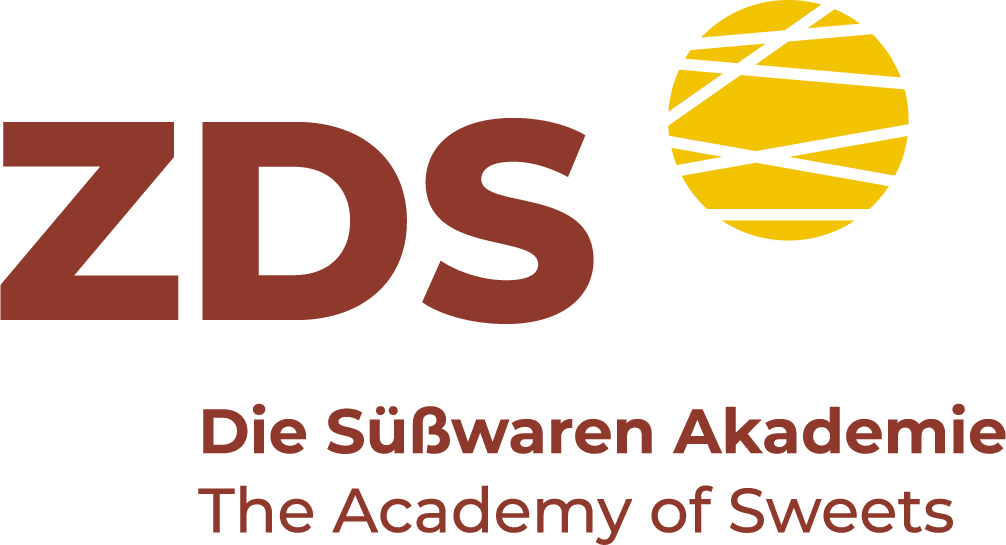Introductory internship: Coating production technology
This practical course deals with the production technology of hard, soft and chocolate coating. In particular, natural coloring and the shining of dragées are discussed. During the one-week course, the theoretical knowledge gained is put into practice in our dragee department.
This practical course deals with the production technology of hard, soft and chocolate coating. In particular, natural coloring and the shining of dragées are discussed. During the one-week course, the theoretical knowledge gained is put into practice in our dragee department.
Contents of the event
This course offers a broad overview of recipes and production methods for hard, soft and chocolate dragees in theory, followed by practical group work and demonstrations. Through practical participation in the production process, the technology of coating is learned from scratch using an exemplary product range from the group of hard, soft and chocolate dragees.
Participants will be able to discuss specific tasks and requirements with the speakers. During the training, the participants work with conventional coating kettles. There will also be demonstrations on an automatic kettle and a chocolate ribbon depositor. The aim is for the participants to be able to produce the most important types of coated tablets independently at the end of the practical course.
Theoretical and practical topics:
- Hard lozenges (e.g. chocolate lentils)
- Soft lozenges (e.g. jelly beans, etc.)
- Chocolate dragees (e.g. hazelnuts, almonds)
- Raw materials
- Procedure process
- Technical parameters
- Sugar-free coated tablets (e.g. maltitol, isomalt, xylitol)
- Coloring, shining, finishing
Who is the course aimed at?
This practical course is a basic course for participants, dragee experience is not necessary. The target groups are specialists in the confectionery and pharmaceutical industries, product developers, employees in the supply industry and anyone else with an interest in this topic. The proportion of practical work is between 60 and 70%, normally 2 people work per draught boiler, in exceptional cases max. 3 persons.

